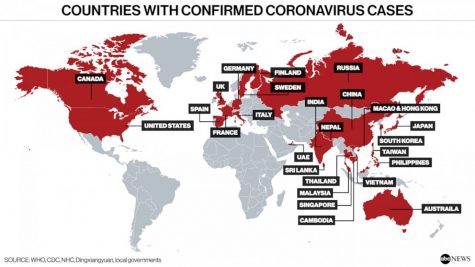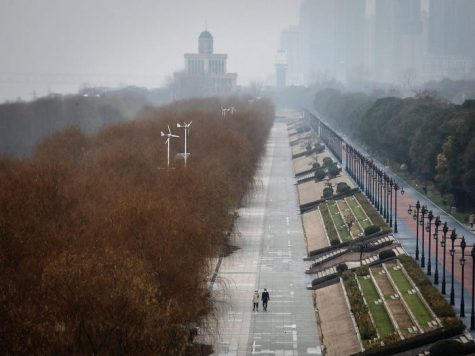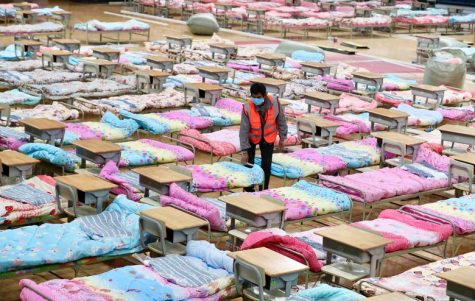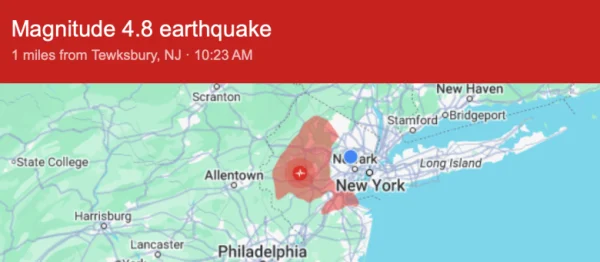A Global Scare: The Wuhan Coronavirus
A stuffy nose, cough, sore throat, fever, shortness of breath. It could be a common virus, like the flu- or it could be the epidemic coronavirus.
According to WebMD, a coronavirus is fairly common, and most people are infected with some type at least once in their life. There have been two outbreaks of certain coronaviruses, though, that have been

deadly. One of them was the SARS outbreak of 2003, in which 774 people died, and more recently, 858 people have died from a MERS outbreak in the Middle East. In early January, according to WebMD, the World Health Organization identified a new type of coronavirus- 2019 novel coronavirus (2019-nCoV).
The new strain was first identified in Wuhan, China, according to the Centers for Disease Control and Prevention. From there, the disease has spread- there are 5 confirmed cases of the coronavirus in the US, and cases of the disease in over 27 different countries.
So far, the death toll of the 2019-nCoV has exceeded that of the SARS outbreak in China, with 361 deaths nationwide, yet the mortality rate, according to The New York Times, appears to be about 2 percent, compared to the 9.6 percent mortality rate of the SARS virus.

Wuhan City, where the virus had started, is a ghost town. The city has been on lockdown since January 23; transportation, according to The New York Times, and many businesses, have been closed off, schools have been shut down, and throughout China, tourism and the trade of wild animals have been limited or suspended.
The effects of this virus, and the subsequent panic, seem apocalyptic. With transportation shut down, sick residents of Wuhan City must walk miles to the nearest hospital, according to The New York Times. Shortage of hospital beds, staff and supplies have also plagued Wuhan. According to The Guardian, markets have run out of fresh fruits and vegetables, and countless Wuhan residents have had to spend the Chinese New Year (Saturday, Jan. 25) alone.
Response to the outbreak has differed across country, and personal, lines. Many health officials urge that more focus should be placed on the seasonal flu virus than the coronavirus, while a quick search of the coronavirus in Google reveals dozens of articles pinning the virus as the new pandemic.

Whatever the proper response may be, it’s clear that the 2019-nCoV has left residents of Wuhan, and China as a whole, paralyzed, worried for their future.

Analise is a senior at West Morris Central high school. During her junior year, she was a world news editor for The Paw. She has a passion for educating...











